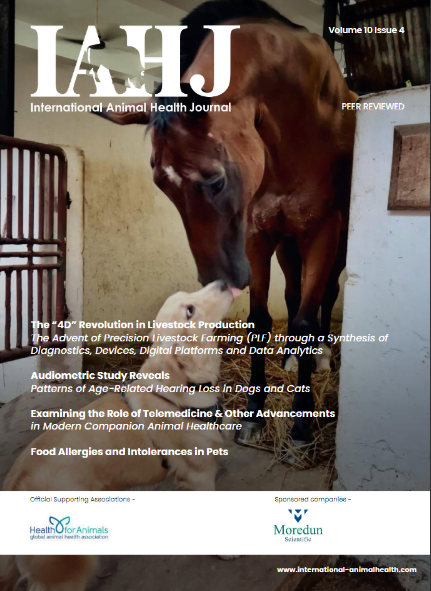Man’s best friend might actually belong to a woman.
In a cross-cultural analysis, Washington State University researchers found several factors may have played a role in building the mutually beneficial relationship between humans and dogs, including temperature, hunting and surprisingly — gender.
“We found that dogs’ relationships with women might have had a greater impact on the dog-human bond than relationships with men,” said Jaime Chambers, a WSU anthropology Ph.D. student and first author on the paper published in the Journal of Ethnobiology. “Humans were more likely to regard dogs as a type of person if the dogs had a special relationship with women. They were more likely to be included in family life, treated as subjects of affection and generally, people had greater regard for them.”
While dogs are the oldest, most widespread domesticated animal, very few anthropologic studies have directly focused on the human relationship with canines. Yet when the WSU researchers searched the extensive collection of ethnographic documents in the Human Relations Area Files database, they found thousands of mentions of dogs.
Ultimately, they located data from more than 844 ethnographers writing on 144 traditional, subsistence-level societies from all over the globe. Looking at these cultures can provide insight into how the dog-human relationship developed, Chambers said.
“Our modern society is like a blip in the timeline of human history,” she said. “The truth is that human-dog relationships have not looked like they do in Western industrialized societies for most of human history, and looking at traditional societies can offer a wider vision.”
The researchers noted specific instances that showed dogs’ utility, or usefulness, to humans, and humans’ utility to dogs as well as the “personhood” of dogs — when canines were treated like people, such as being given names, allowed to sleep in the same beds or mourned when they died.
A pattern emerged that showed when women were more involved with dogs, the humans’ utility to dogs went up, as did the dogs’ personhood.
Another prevalent trend involved the environment: the warmer the overall climate, the less useful dogs tended to be to humans.
“Relative to humans, dogs are really not particularly energy efficient,” said Robert Quinlan, WSU anthropology professor and corresponding author on the paper. “Their body temperature is higher than humans, and just a bit of exercise can make them overheat on a hot day. We saw this trend that they had less utility to humans in warmer environments.”
Quinlan noted there were some exceptions to this with a few dog-loving cultures in the tropics, but it was a fairly consistent trend.
Hunting also seemed to strengthen the dog-human connection. In cultures that hunted with dogs, they were more valued by their human partners: they were higher in the measures of dogs’ utility to humans and in personhood. Those values declined, however, when food production increased whether it was growing crops or keeping livestock. This finding seemed to go against the commonly held perception of herding dogs working in concert with humans, but Quinlan noted that in many cultures, herding dogs often work alone whereas hunting requires a more intense cooperation.
This study adds evidence to the evolutionary theory that dogs and humans chose each other, rather than the older theory that humans intentionally sought out wolf pups to raise on their own. Either way, there have been clear benefits for the dogs, Chambers said.
“Dogs are everywhere humans are,” she said. “If we think that dogs are successful as a species if there are lots of them, then they have been able to thrive. They have hitched themselves to us and followed us all over the world. It’s been a very successful relationship.”












